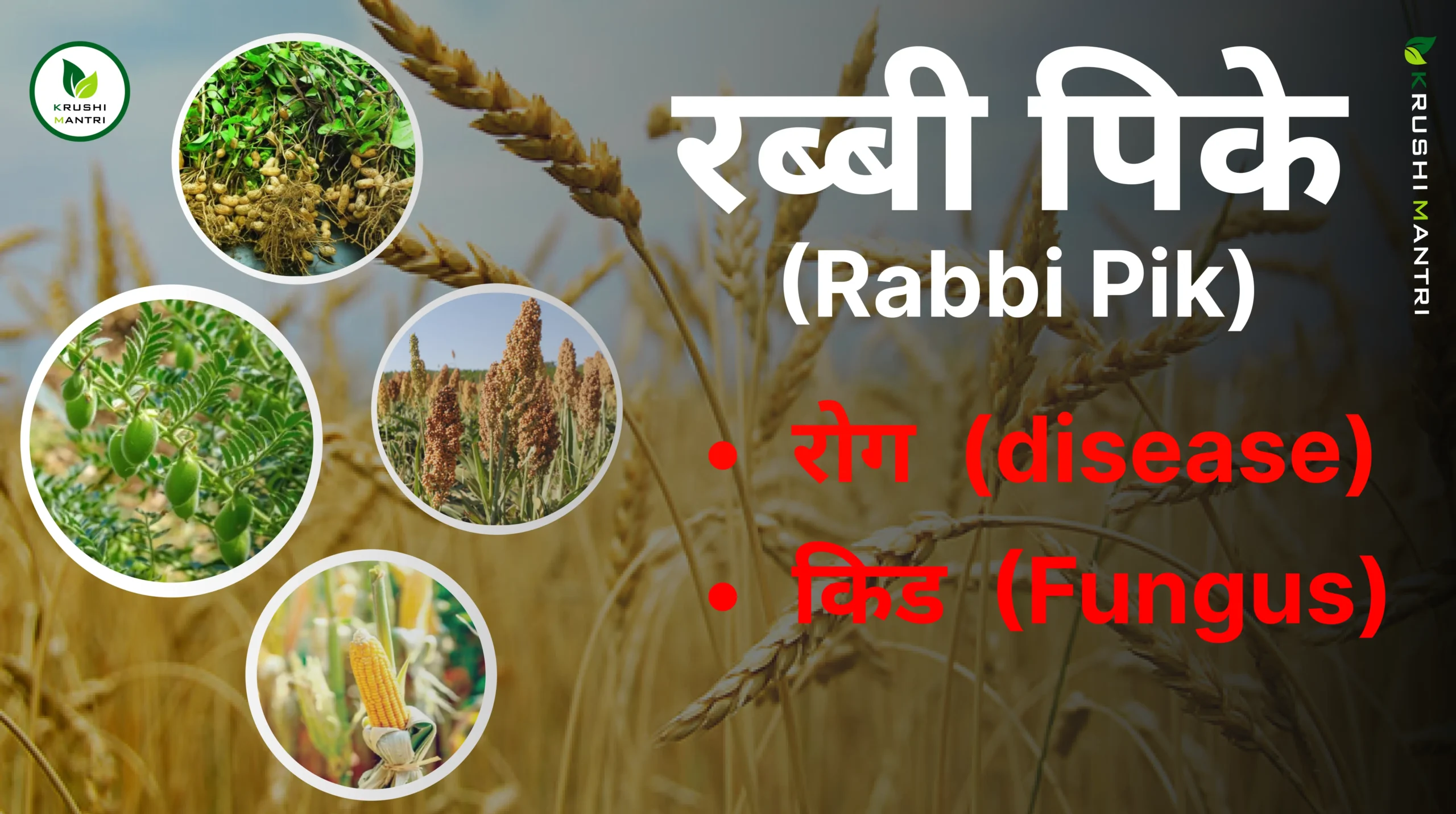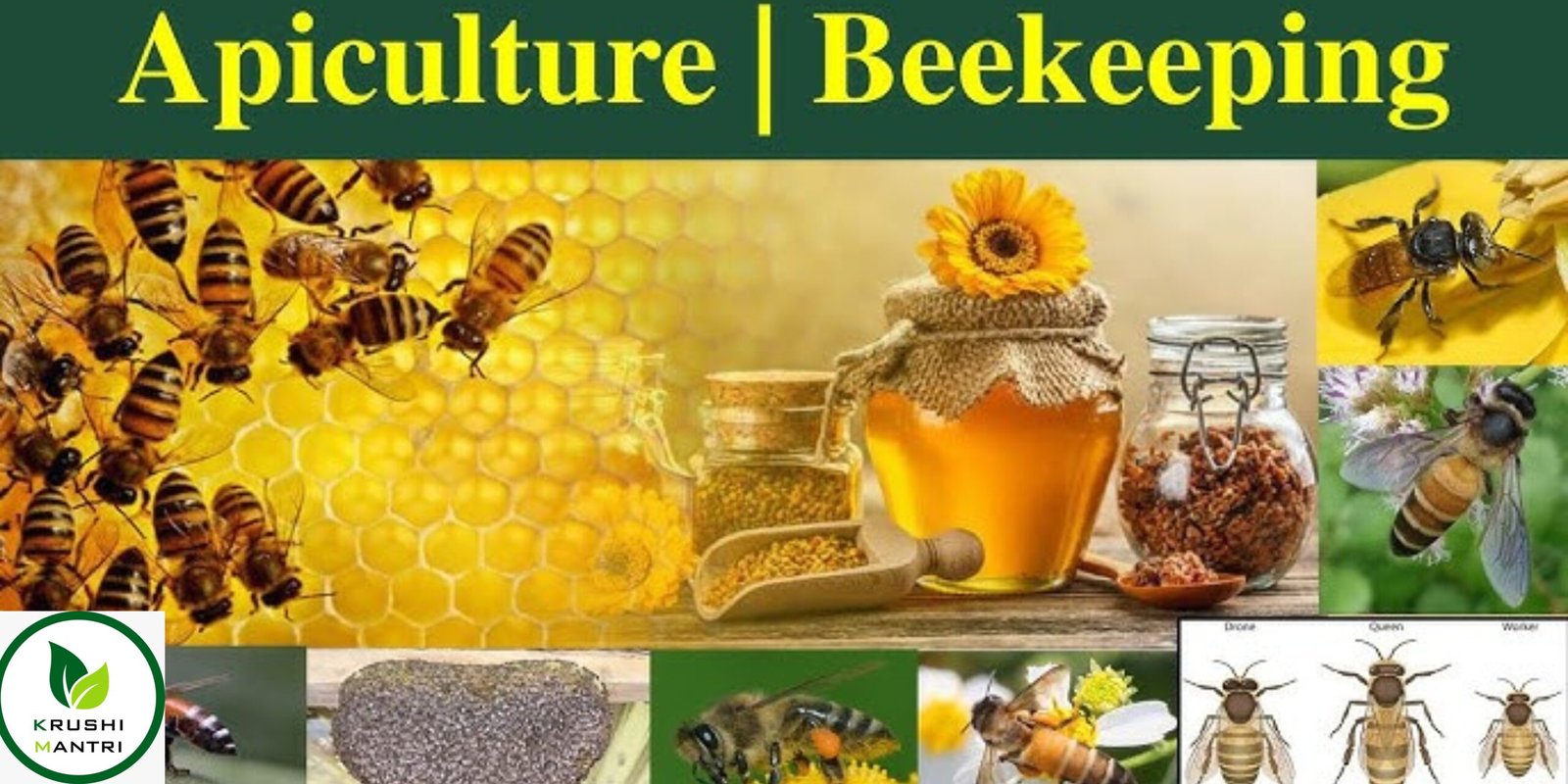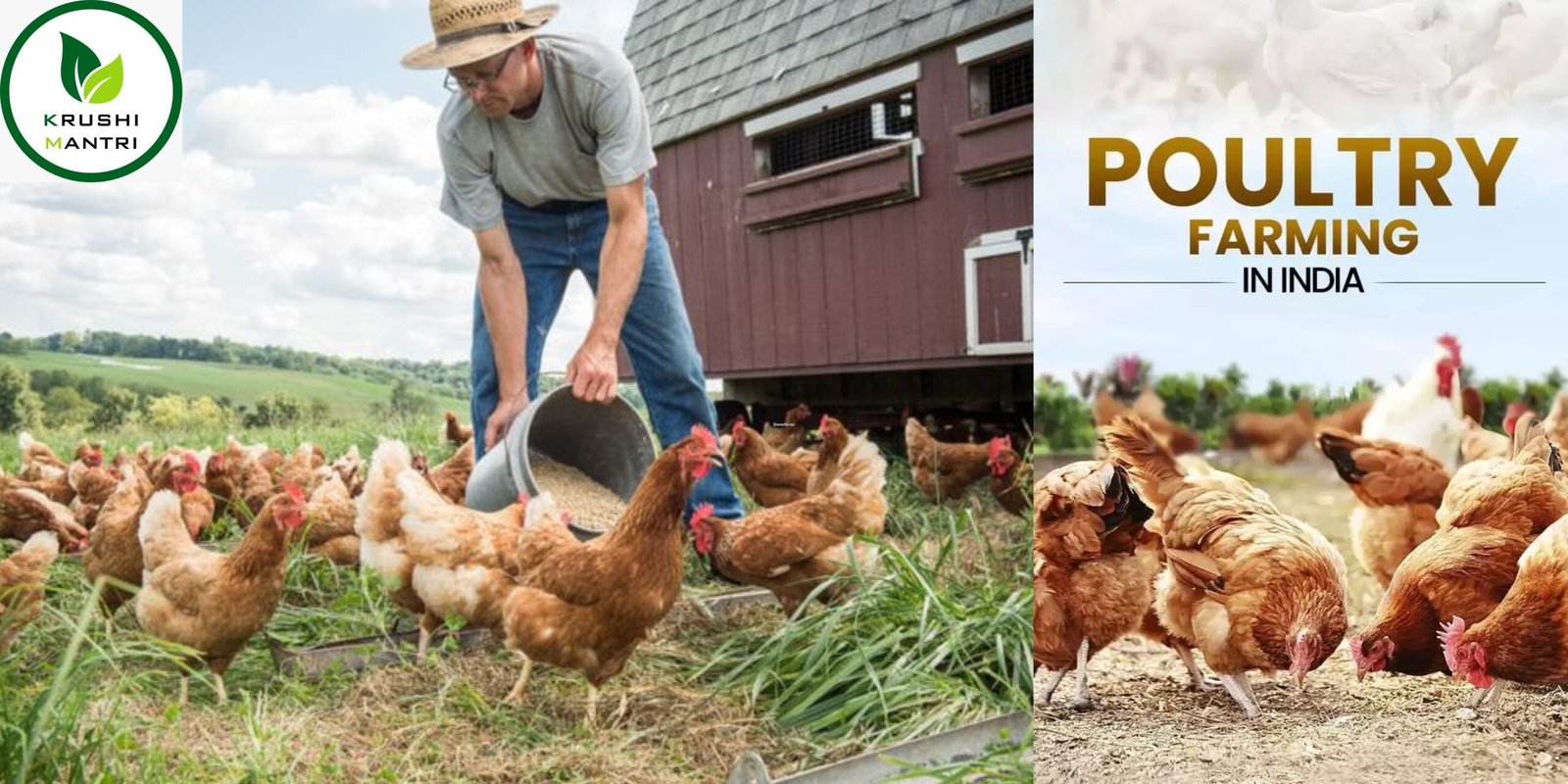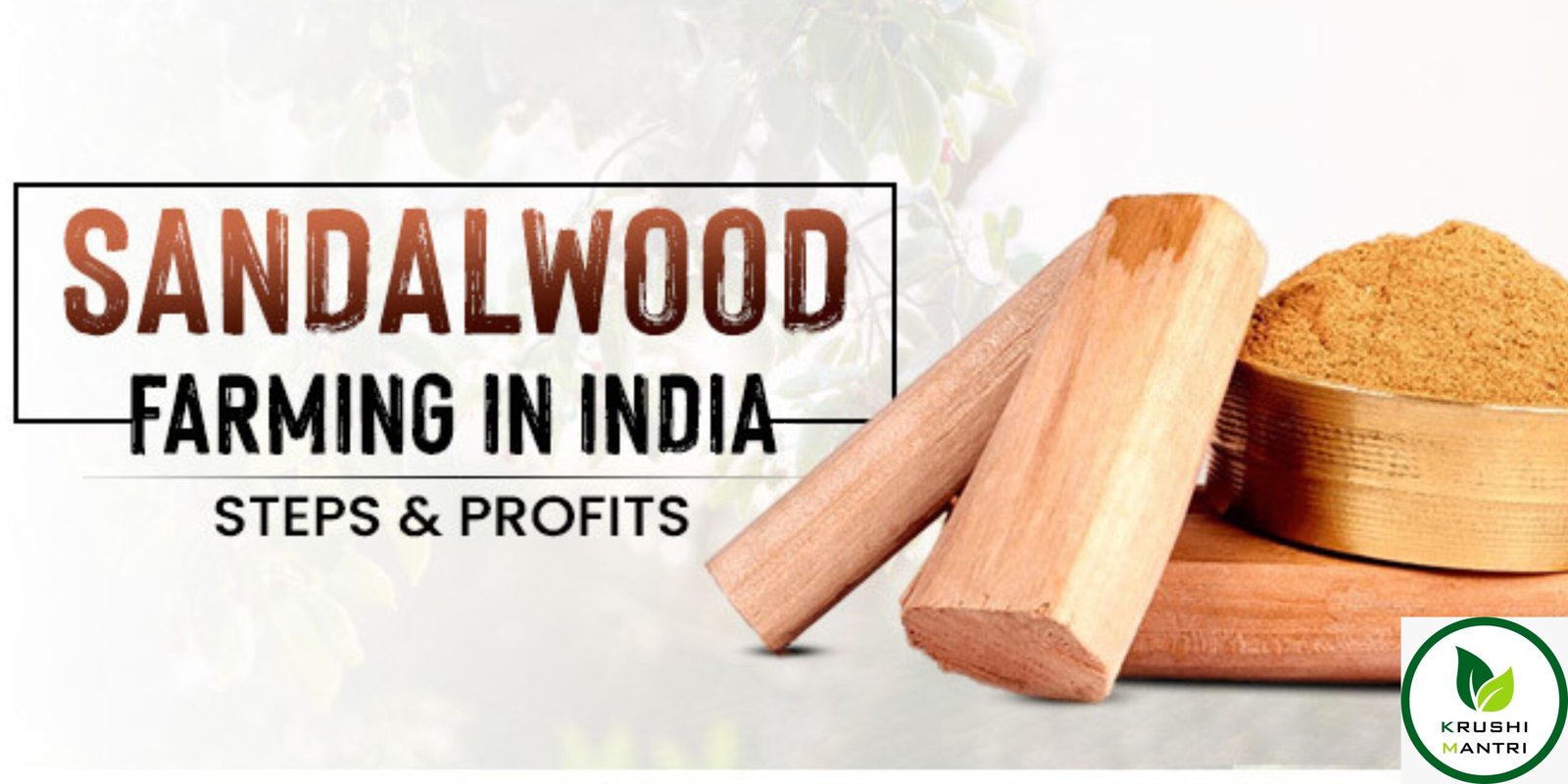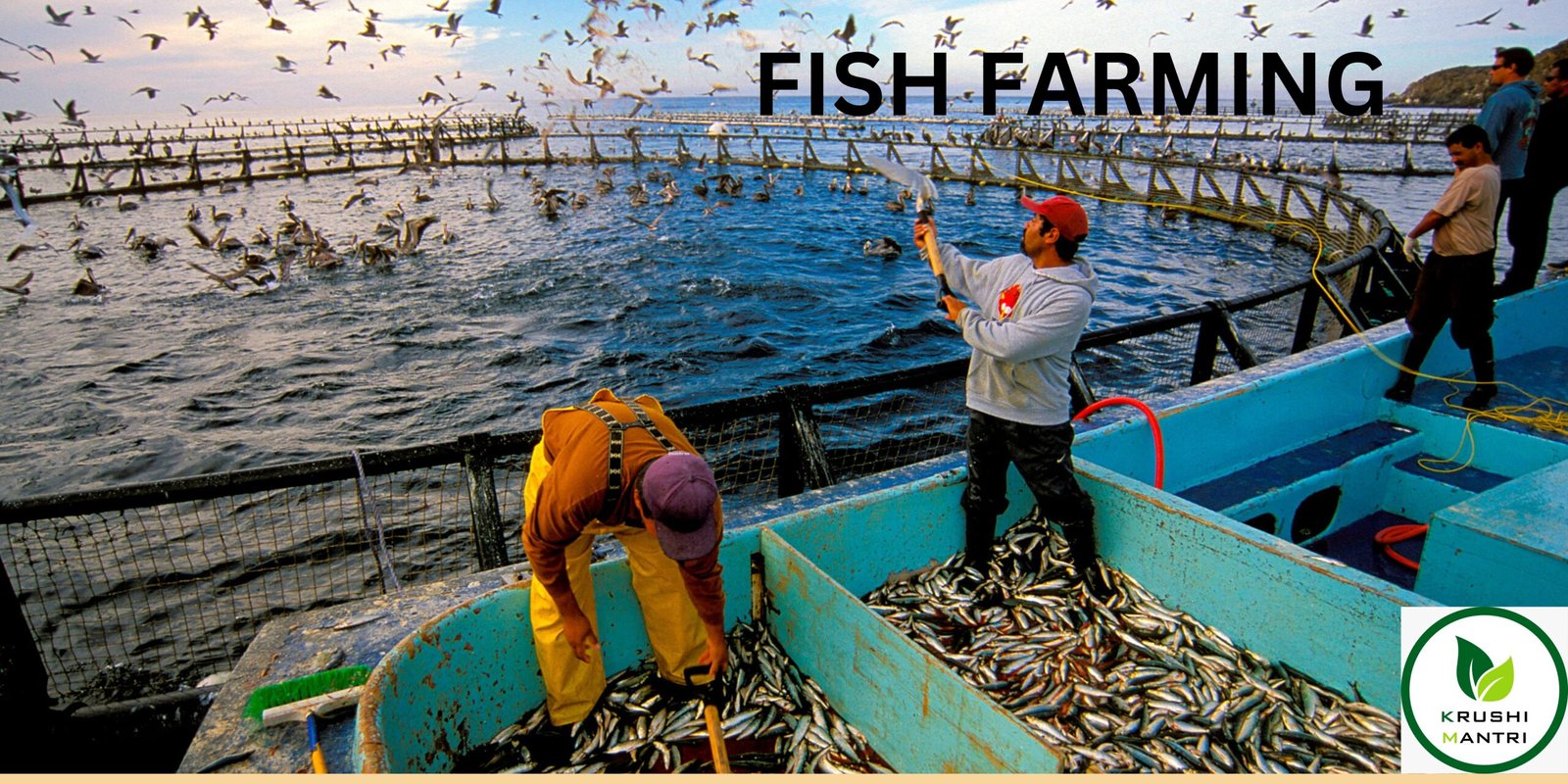Everything You Need to Know About Rabbi Crops
Rabi crops are the backbone of winter agriculture, contributing significantly to the food supply chain and agricultural economy. These crops are sown in the post-monsoon season (October to December) and harvested during the spring (March to April). Crops like wheat, corn, groundnut, chickpeas, and jowar are some of the most important rabi crops, widely cultivated across various regions. However, just like any other crops, these rabi crops are prone to several diseases, fungal infections, and environmental stresses that can affect their yield.
In this article, we will dive deep into the common diseases and fungal infections that affect each of these rabi crops, the precautions farmers can take to prevent crop loss, and the best fertilizers to maximize their yield. Whether you’re a seasoned farmer or a novice gardener, this guide will help you optimize your rabi crop cultivation and protect your investment.
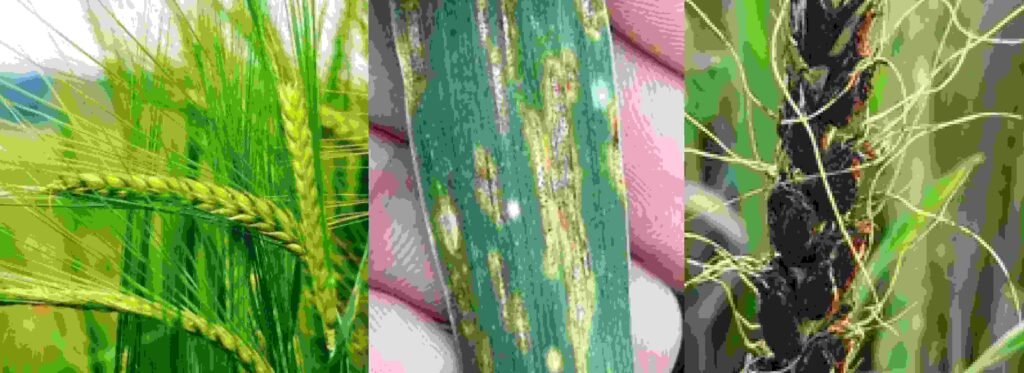
1. Wheat (Triticum aestivum)
Wheat is one of the most widely grown rabi crops and serves as a staple food for millions globally. However, it is vulnerable to a range of diseases and pests that can drastically reduce yields.
Common Diseases and Fungal Infections:
- Rust Diseases (Stem, Leaf, and Stripe Rust): These are among the most destructive diseases of wheat. They are caused by Puccinia species and can spread quickly in warm, humid conditions.
- Powdery Mildew: This fungal disease is caused by Blumeria graminis and can affect the leaves, causing stunted growth and poor grain development.
- Karnal Bunt: Caused by Tilletia indica, this disease affects the seeds, rendering them inedible.
- Loose Smut: Caused by Ustilago tritici, this fungal infection infects the wheat florets and can lead to poor-quality grains.
Precautions to Prevent Diseases:
- Opt for disease-resistant wheat varieties.
- Treat seeds with fungicides like carbendazim or thiram.
- Avoid over-irrigating, as excess moisture promotes fungal growth.
- Practice crop rotation and avoid monoculture to reduce disease buildup.
Best Fertilizers for Wheat:
- Nitrogen (N): Urea or ammonium nitrate for healthy plant growth.
- Phosphorus (P): Superphosphate (SSP) for strong root development.
- Potassium (K): Muriate of Potash (MOP) to support grain filling and disease resistance.
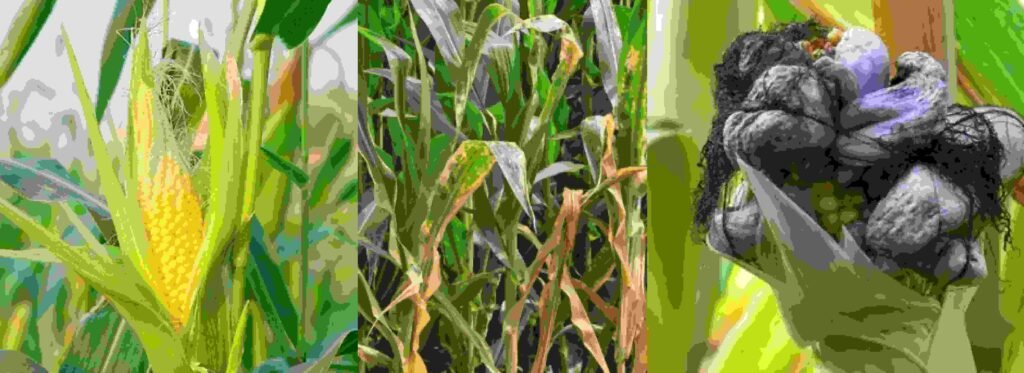
2. Corn (Maize)
Corn, or maize, is another important rabi crop with high demand for both food and fodder. However, corn is susceptible to various fungal diseases that can harm both the plant and the harvested grains.
Common Diseases and Fungal Infections:
- Northern Corn Leaf Blight: Caused by Exserohilum turcicum, it affects the leaves and reduces photosynthesis.
- Common Rust: Caused by Puccinia sorghi, it causes lesions on leaves and can severely limit yield.
- Fusarium Stalk Rot: Caused by Fusarium verticillioides, it weakens the stalk, making it prone to lodging.
- Aspergillus Ear Rot: Caused by Aspergillus flavus, it leads to aflatoxin contamination, which is harmful to human health.
Precautions to Prevent Diseases:
- Use certified, disease-resistant hybrid varieties.
- Improve crop spacing for better airflow and reduced humidity.
- Apply fungicides early in the season to control infections.
- Ensure good soil drainage to prevent waterlogging, which encourages fungal growth.
Best Fertilizers for Corn:
- Balanced NPK: A 20:20:0 or 10:26:26 formulation for optimal growth.
- Micronutrients: Zinc and boron for enhanced root and ear development.
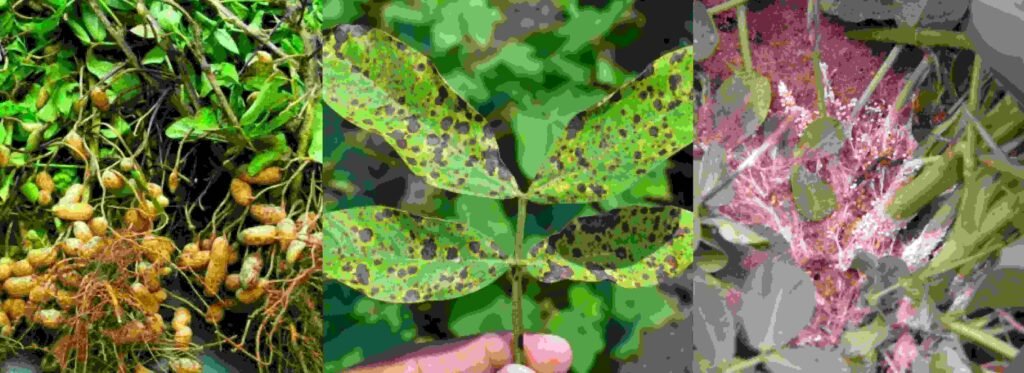
3. Groundnut (Peanut)
Groundnut, a crucial leguminous crop, is sensitive to a variety of fungal infections that affect its pods and overall plant health.
Common Diseases and Fungal Infections:
- Late Leaf Spot: Caused by Phaeoisariopsis personata, it damages leaves and reduces photosynthesis.
- Aflatoxin Contamination: Produced by Aspergillus flavus, it contaminates the seeds and affects their quality.
- Rust: Caused by Puccinia arachidis, it attacks leaves and stems.
- Stem Rot: Caused by Sclerotium rolfsii, it affects the base of the plant, causing it to collapse.
Precautions to Prevent Diseases:
- Maintain proper soil moisture during flowering and pegging stages.
- Use fungicide-treated seeds to prevent initial infections.
- Implement crop rotation with cereals to break disease cycles.
- Apply organic mulch to suppress weeds and conserve moisture.
Best Fertilizers for Groundnut:
- Calcium and Sulfur: Gypsum to improve pod development.
- Phosphorus (P): Di-ammonium phosphate (DAP) for root growth.
- Micronutrients: Boron to enhance pod quality.
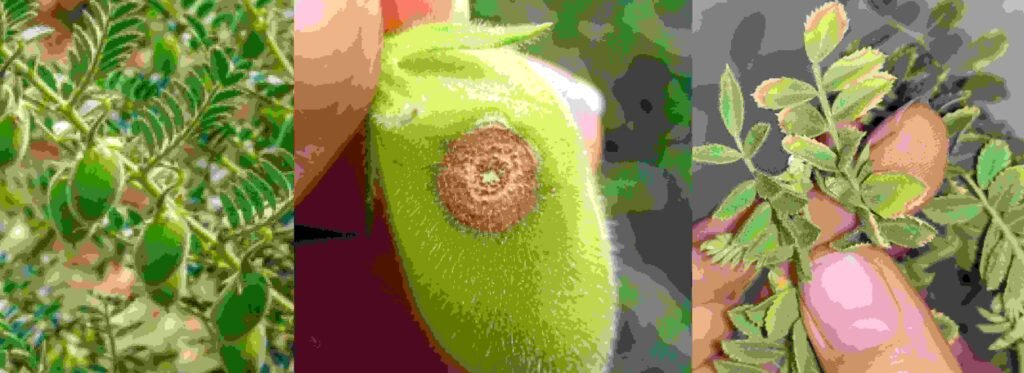
4. Chickpeas (Gram)
Chickpeas are an essential pulse crop that plays a vital role in soil fertility. However, they are prone to several fungal diseases that need prompt attention.
Common Diseases and Fungal Infections:
- Ascochyta Blight: Caused by Ascochyta rabiei, it causes wilting, blighting, and pod rot.
- Botrytis Gray Mold: Caused by Botrytis cinerea, it affects flowers and pods, causing them to rot.
- Fusarium Wilt: Caused by Fusarium oxysporum, it causes yellowing of leaves and stunted growth.
- Collar Rot: Caused by Sclerotium rolfsii, it affects the base of the stem, causing the plant to collapse.
Precautions to Prevent Diseases:
- Select early-maturing, resistant varieties.
- Avoid excessive irrigation and maintain proper field drainage.
- Use fungicides like captan or metalaxyl for seed treatment.
- Practice crop rotation with non-host crops like mustard or barley.
Best Fertilizers for Chickpeas:
- Phosphorus: Superphosphate or triple superphosphate for better root development.
- Nitrogen Fixing Bacteria: Use Rhizobium inoculants to help fix nitrogen in the soil.
- Potassium (K): Apply potassium sulfate to improve pod quality.
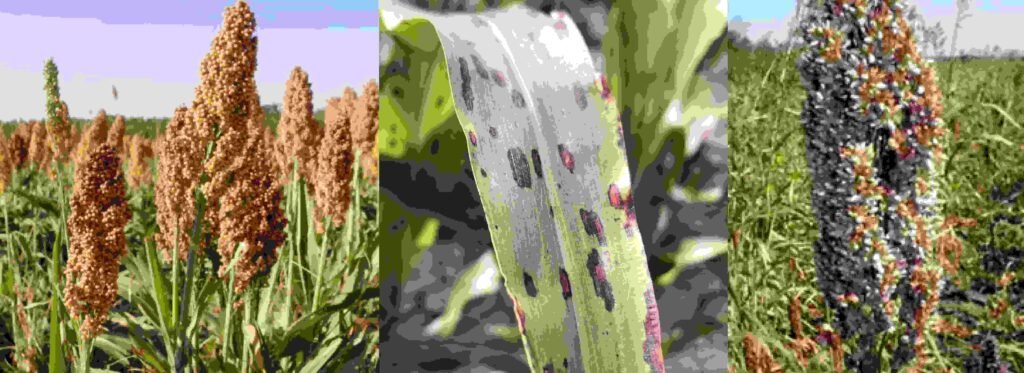
5. Jowar (Sorghum)
Jowar is a drought-resistant crop that thrives in dry, arid regions. However, it is also vulnerable to fungal diseases, particularly in areas with high humidity.
Common Diseases and Fungal Infections:
- Anthracnose: Caused by Colletotrichum graminicola, it affects the leaves and grains, reducing yield.
- Grain Mold: Caused by Fusarium and Aspergillus species, it contaminates the grains, making them unfit for consumption.
- Downy Mildew: Caused by Peronosclerospora sorghi, it affects leaves and stunts plant growth.
- Charcoal Rot: Caused by Macrophomina phaseolina, it affects the roots and stalks.
Precautions to Prevent Diseases:
- Use certified disease-free seeds and resistant varieties.
- Maintain optimal plant spacing for proper ventilation.
- Apply fungicides like mancozeb or thiram during the early stages of infection.
- Avoid excess irrigation, as it promotes fungal growth.
Best Fertilizers for Jowar:
- Nitrogen and Phosphorus: DAP is ideal for promoting initial growth and root development.
- Potassium: Potassium chloride for enhanced plant vigor and disease resistance.
- Micronutrients: Zinc sulfate for better growth and grain quality.
Conclusion:
The cultivation of rabi crops like wheat, corn, groundnut, chickpeas, and jowar is crucial for ensuring food security and contributing to the agricultural economy. However, to achieve optimal yields, it is essential to address diseases and fungal infections that pose a threat to these crops. By following the recommended precautions, using the right fertilizers, and practicing crop rotation, farmers can protect their crops and ensure sustainable production.
For more information and expert advice on crop management, join the Krushimantri WhatsApp Channel. Get real-time updates, agricultural tips, and personalized solutions for all your farming needs. Stay connected and elevate your farming practices to the next level!
- How to Correct Your Farmer ID Online: A Step-by-Step Guide for Indian Farmers

- Unlocking the Potential of Sugarcane Production in Maharashtra: Expert Tips for Farming, Harvesting, and Marketing

- Apiculture- 6Essential Steps to Build a Thriving Honey Bee Farm
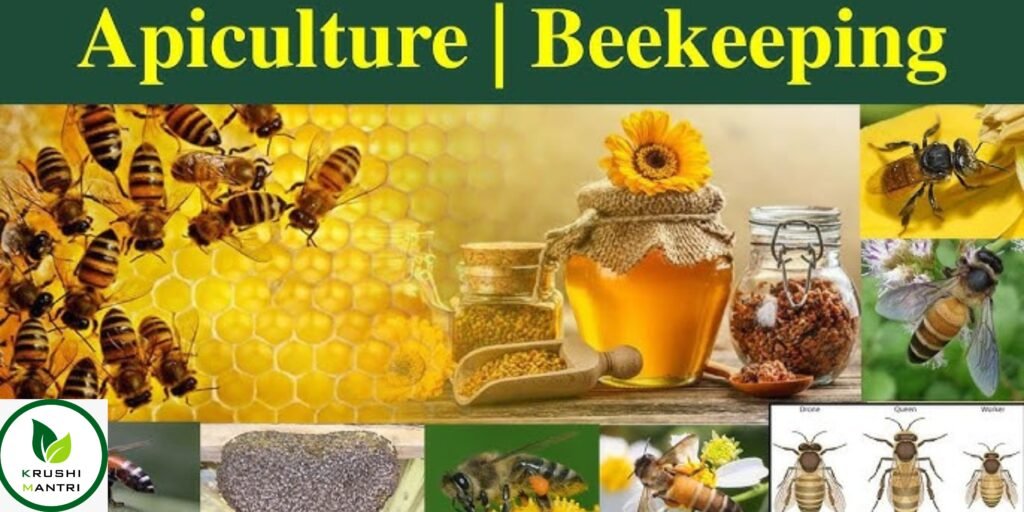
- Comprehensive Guide to Starting a Poultry Farm Business: Egg Production, Sheds, and Poultry Farm Insurance Coverage
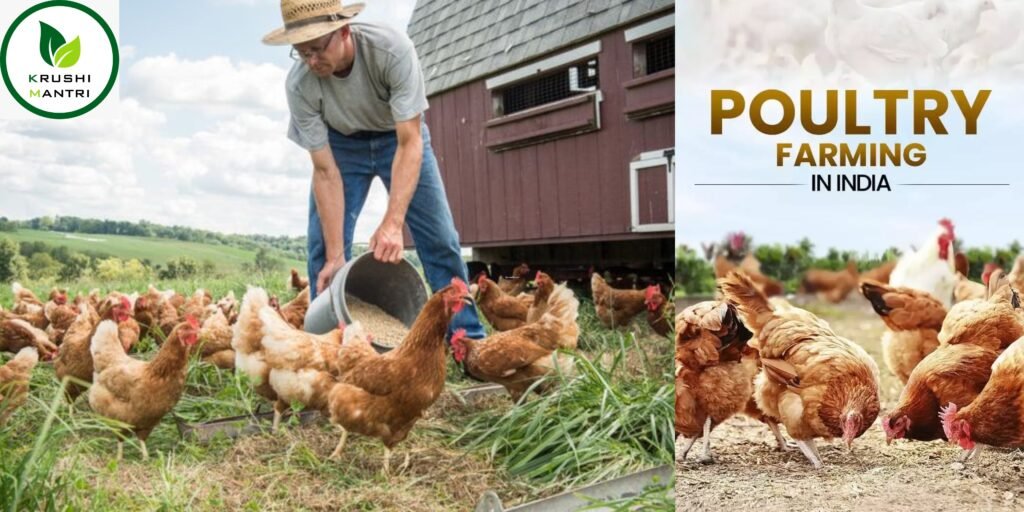
- A Complete Guide to Sandalwood Tree Farming: Red and White Sandalwood
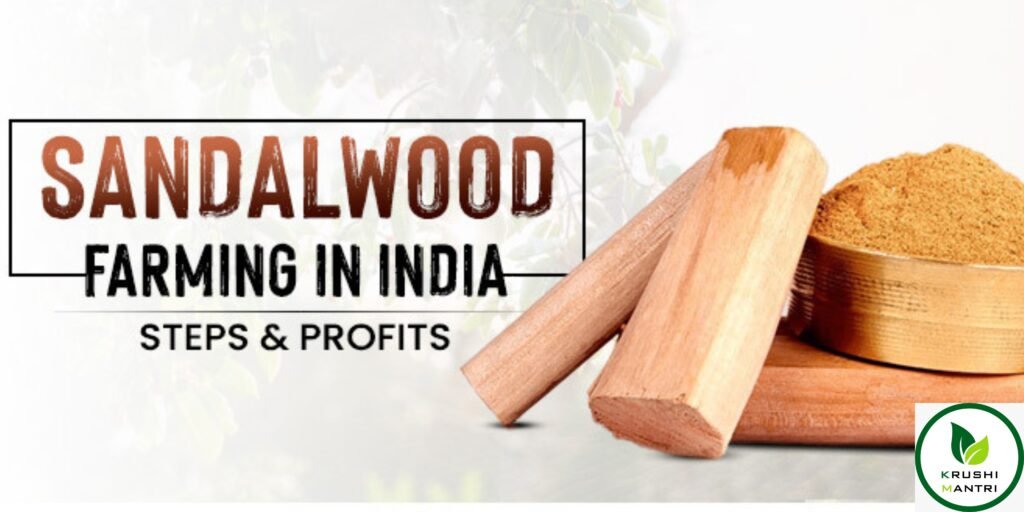
- Rohu, Salmon Fish Farming: 4 Effective Strategies for (Types, Care, and Area-Specific Guidance)

